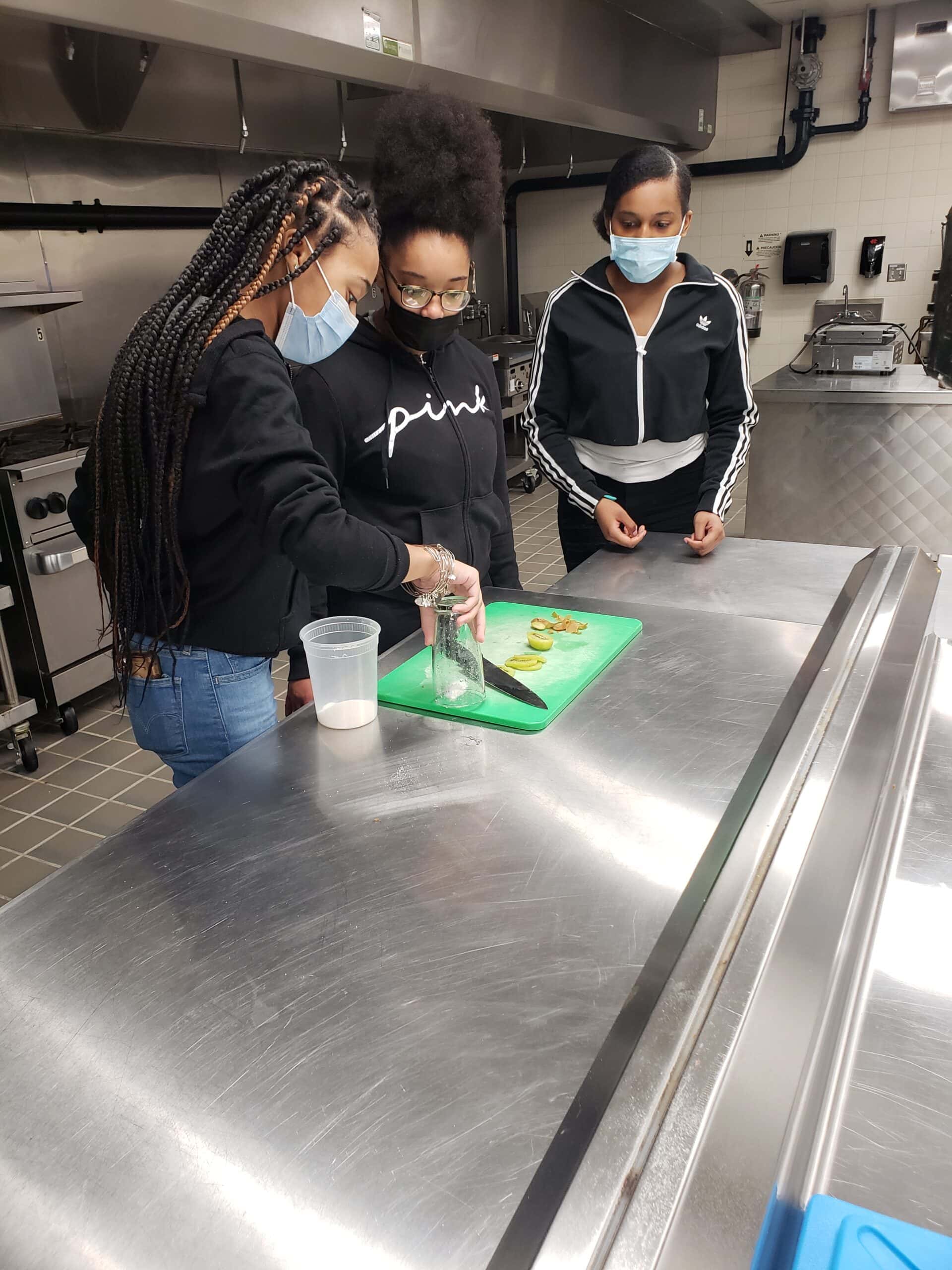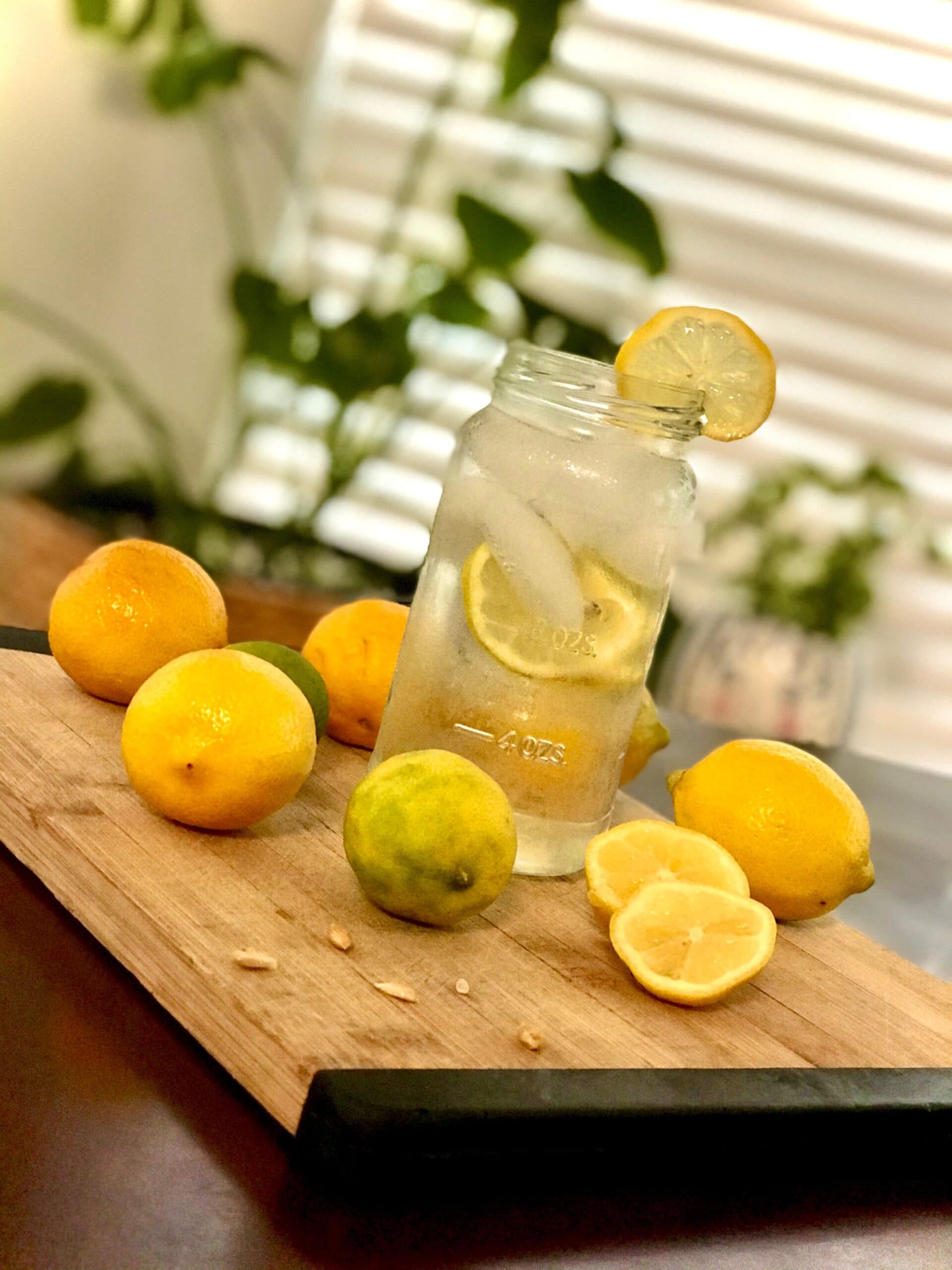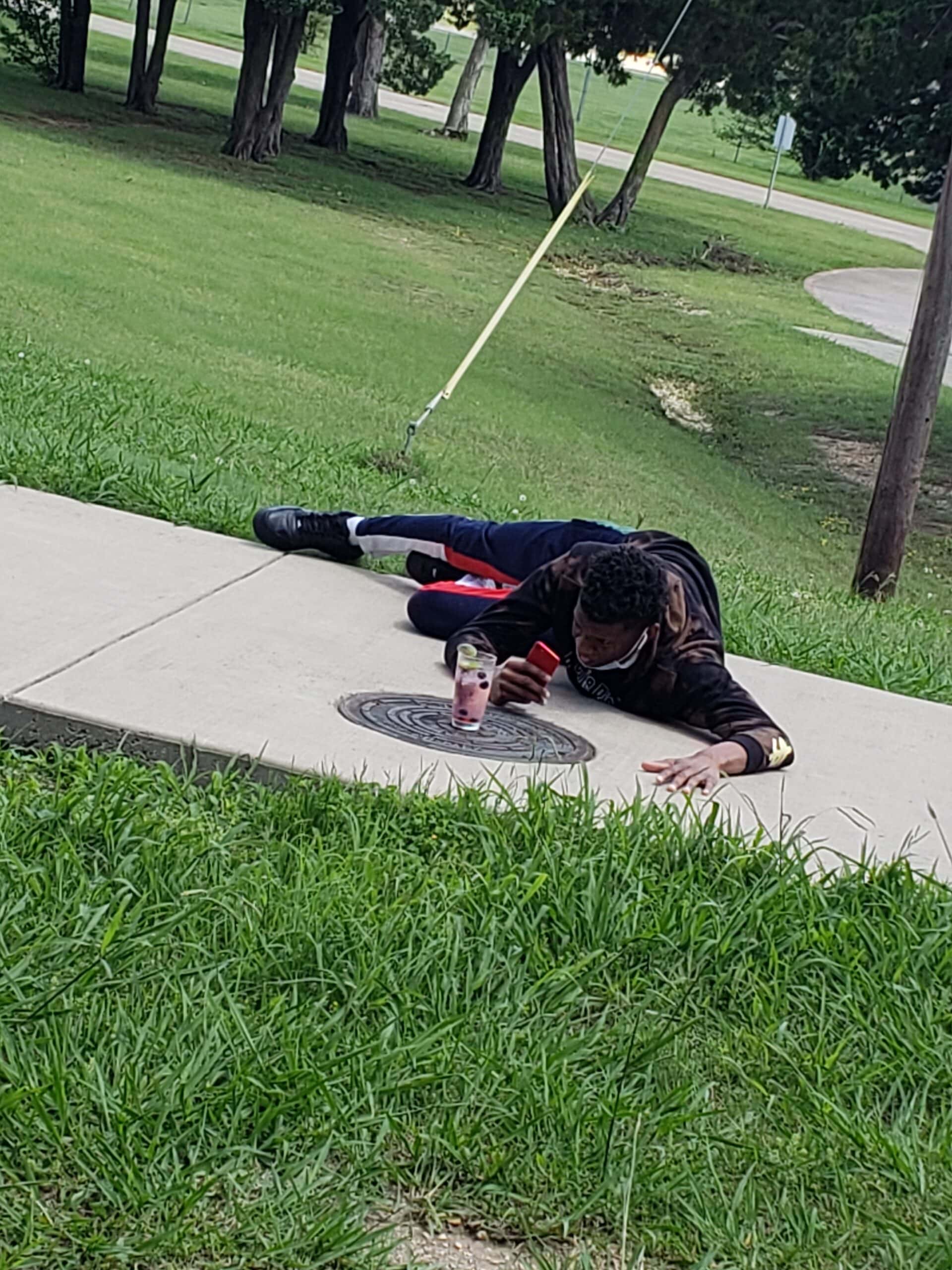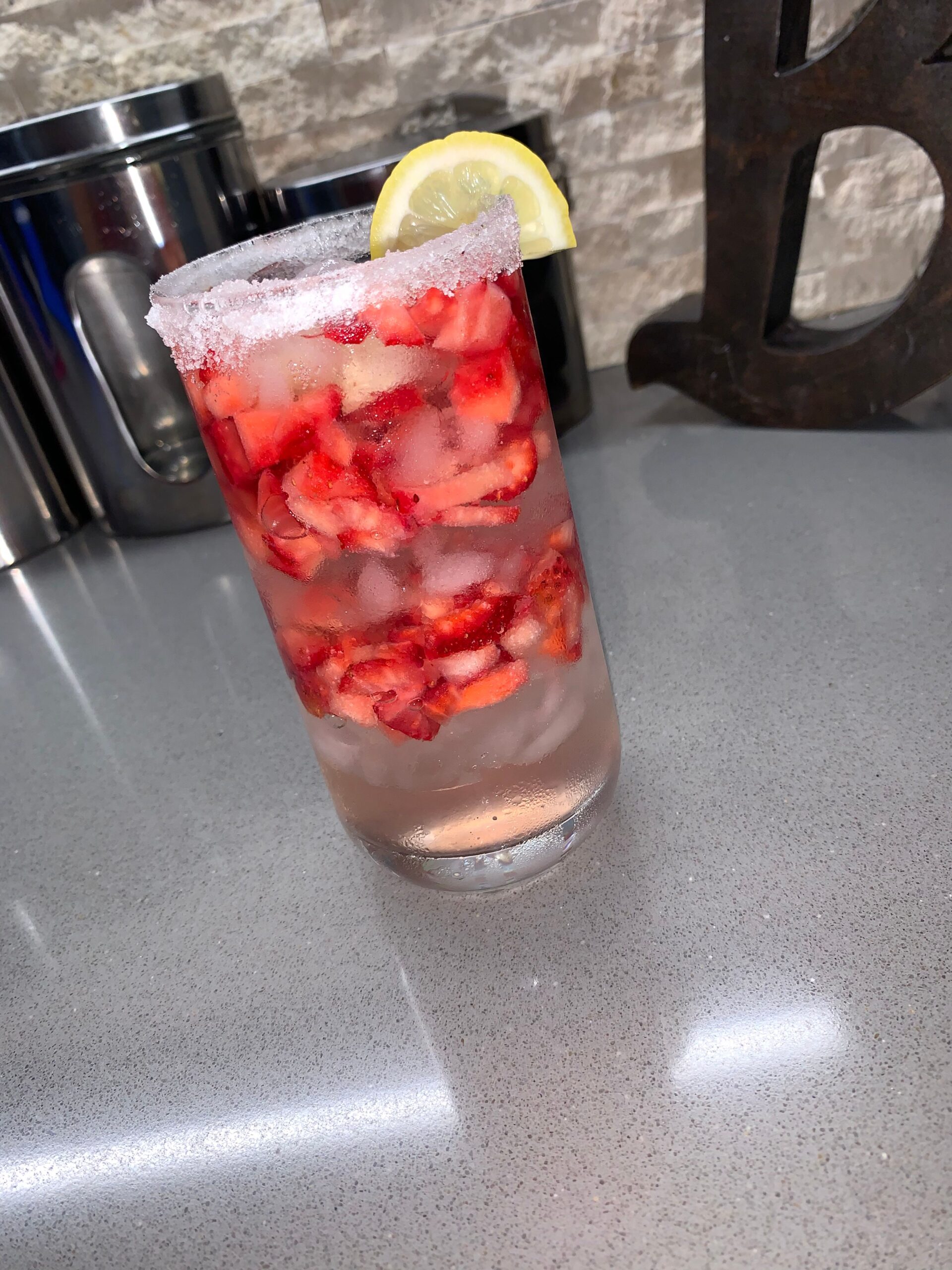
Cedar Hill Students Learn To Hone Their Culinary Skills
CEDAR HILL – Everybody loves to eat!
The Cedar Hill Culinary Arts Program makes sure students involved in that class not only enjoy eating good food, but they are also learning how to prepare it.
Cedar Hill Culinary Art’s Instructor Kathy Boyd has been teaching the class for three years, but she said she believes it has been available on the curriculum for at least eight years.
Each semester, anywhere between 15 to 30 students from Freshmen to Seniors take the class.
Boyd said the goal is to “teach culinary arts’ scholars the basics of commercial culinary arts operations, including safety and sanitation principles, basic food preparation procedures and cooking methods.”
The program is a pathway under the department of Career & Technical Education (CTE) and was made possible by a bond program approximately eight years ago.
“Students use the culinary arts principles to cook for themselves, as well as to complete caterings for internal district staff and external private entities,” Boyd added.

Scholars Learn Marketable Skills Through Culinary Program
The course progression for future chefs includes an Introduction to Culinary Arts, Culinary Arts I, Advanced Culinary Arts and Culinary Arts Practicum where students may work on campus with the Café or at restaurants off campus as well.
“The Cedar Hill High School Culinary Arts Program is an outstanding program that teaches our scholars marketable skills while providing an enjoyable experience,” said Cedar Hill ISD Superintendent Dr. Gerald B. Hudson. “The district is fortunate to have Chef Boyd’s expertise as she guides these scholars toward personal and professional goals.”
Boyd got involved in teaching the class because she has owned a bakery of her own for the past 10 years, which makes her a bit of a foodie.
She said “I had the honor of coming over to volunteer time with this program under a previous chef instructor. When that instructor left education to open her own cafe, it was a wonderful progression for me to join this team.”
For the instructional cooking experiences whether it be baking or another type of dish on the menu, the department purchases ingredients per the ISD’s annual budget allotment. For external events and catering, those food costs are covered by the catering purchase price so the students in the class always have good food choices and menus for each class.
Teaching Students How To Plate Their Food
On a recent Friday, the class was doing what Boyd called a plating/food photography assignment.
The food photography assignment was simple – at least it seemed to be.
Boyd said the assignment was to “Sell me a glass of water. Take a glass, fill it with water and garnish using concepts from last week’s plating unit and this week’s food photography unit.”

This is how Boyd assures her students think creatively.
“Make it look as enticing as possible,” she said of the assignment. “You may use ice or any fruit, vegetable or herb as garnish. You may take your photo indoors or outdoors for best effect.”

Boyd said the class literally took “water” and the students created beautifully presented photos.

With students focusing on their creativity in such a way it can only mean that some students will love the culinary world so much they will continue that path after graduation.
“We often see our students go on to post-graduate culinary courses,” Boyd concluded. “But honestly, the best measure of success for us isn’t in the quantity that go into the industry. It is in the number of students that find a passion for cooking – even if just for their families – and the confidence to know they have the ability to cook.”










